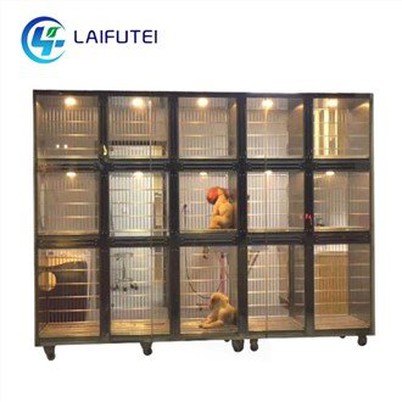Design principles of pet intensive care unit
Leave a message
The design of a pet intensive care unit (ICU) needs to consider multiple aspects, including functional zoning, medical flow, noise control, ventilation and lighting conditions, and layout of medical equipment. The following is the design principle of a pet intensive care unit:
Functional zoning
The functional zoning of pet ICU should be clear, including medical area, medical auxiliary room area, sewage treatment area, and medical staff living auxiliary room area. These areas should have a certain degree of independence to reduce mutual interference and facilitate infection control.
Medical flow
The pet ICU should have a reasonable medical flow, including personnel flow and logistics, achieved through different entry and exit channels to minimize various interferences and cross infections.
Noise control
There should be sufficient sound insulation facilities in the pet ICU to reduce instrument noise and other sound stimuli caused by patient moans. In addition, continuous lighting can also cause visual stimulation, so ICUs should be set up in single rooms and use high sound-absorbing building materials.
Ventilation and lighting conditions
The pet ICU should have good ventilation and lighting conditions. Those who have the conditions should be equipped with an air purification system with airflow direction from top to bottom, which can independently control the indoor temperature and humidity. Good ventilation and lighting conditions not only help patients recover, but also soothe their emotions.
Medical equipment layout
The pet ICU should be equipped with dynamic and harmless disinfection equipment for the human body, and regular disinfection should be carried out. In addition, various advanced medical technologies, modern monitoring and rescue equipment should also be equipped.
The design principles of pet ICU mainly include reasonable functional zoning, optimized medical flow, effective noise control, good ventilation and lighting conditions, and scientific layout of medical equipment. These design principles aim to provide a safe, comfortable, and efficient treatment environment for sick pets.







